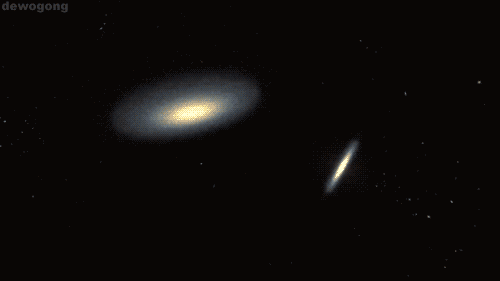Science-is-magical - Science Is Magic

More Posts from Science-is-magical and Others
A neural network invents diseases you don’t want to get
Science fiction writers and producers of TV medical dramas: have you ever needed to invent a serious-sounding disease whose symptoms, progression, and cure you can utterly control? Artificial intelligence can help!
Blog reader Kate very kindly compiled a list of 3,765 common names for conditions from this site, and I gave them to an open-source machine learning algorithm called a recursive neural network, which learns to imitate its training data. Given enough examples of real-world diseases, a neural network should be able to invent enough plausible-sounding syndromes to satisfy any hypochondriac.
Early on in the training, the neural network was producing what were identifiably diseases, but probably wouldn’t fly in a medical drama. “I’m so sorry. You have… poison poison tishues.”
Much Esophageal Eneetems Vomania Poisonicteria Disease Eleumathromass Sexurasoma Ear Allergic Antibody Insect Sculs Poison Poison Tishues Complex Disease
As the training got going, the neural network began to learn to replicate more of the real diseases - lots of ventricular syndromes, for example. But the made-up diseases still weren’t too convincing, and maybe even didn’t sound like diseases at all. (Except for RIP Syndrome. I’d take that one seriously)
Seal Breath Tossy Blanter Cancer of Cancer Bull Cancer Spisease Lentford Foot Machosaver RIP Syndrome
The neural network eventually progressed to a stage where it was producing diseases of a few basic varieties :
First kind of disease: This isn’t really a disease. The neural network has just kind of named a body part, or a couple of really generic disease-y words. Pro writer tip: don’t use these in your medical drama.
Fevers Heading Disorder Rashimia Causes Wound Eye Cysts of the Biles Swollen Inflammation Ear Strained Lesions Sleepys Lower Right Abdomen Degeneration Disease Cancer of the Diabetes
Second kind of disease: This disease doesn’t exist, and sounds reasonably convincing to me, though it would probably have a different effect on someone with actual medical training.
Esophagia Pancreation Vertical Hemoglobin Fever Facial Agoricosis Verticular Pasocapheration Syndrome Agpentive Colon Strecting Dissection of the Breath Bacterial Fradular Syndrome Milk Tomosis Lemopherapathy Osteomaroxism Lower Veminary Hypertension Deficiency Palencervictivitis Asthodepic Fever Hurtical Electrochondropathy Loss Of Consufficiency Parpoxitis Metatoglasty Fumple Chronosis Omblex's Hemopheritis Mardial Denection Pemphadema Joint Pseudomalabia Gumpetic Surpical Escesion Pholocromagea Helritis and Flatelet’s Ear Asteophyterediomentricular Aneurysm
Third kind of disease: Sounds both highly implausible but also pretty darn serious. I’d definitely get that looked at.
Ear Poop Orgly Disease Cussitis Occult Finger Fallblading Ankle Bladders Fungle Pain Cold Gloating Twengies Loon Eye Catdullitis Black Bote Headache Excessive Woot Sweating Teenagerna Vain Syndrome Defentious Disorders Punglnormning Cell Conduction Hammon Expressive Foot Liver Bits Clob Sweating,Sweating,Excessive Balloblammus Metal Ringworm Eye Stools Hoot Injury Hoin and Sponster Teenager’s Diarey Eat Cancer Cancer of the Cancer Horse Stools Cold Glock Allergy Herpangitis Flautomen Teenagees Testicle Behavior Spleen Sink Eye Stots Floot Assection Wamble Submoration Super Syndrome Low Life Fish Poisoning Stumm Complication Cat Heat Ovarian Pancreas 8 Poop Cancer Of Hydrogen Bingplarin Disease Stress Firgers Causes of the ladder Exposure Hop D Treat Decease
Diseases of the fourth kind: These are the, um, reproductive-related diseases. And those that contain unprintable four-letter words. They usually sound ludicrous, and entirely uncomfortable, all at the same time. And I really don’t want to print them here. However! If you are in possession of a sense of humor and an email address, you can let me know here and I’ll send them to you.
Francium (new video) - Periodic Table of Videos
Interesting video on the element Francium and its discoverer Marguerite Perey.
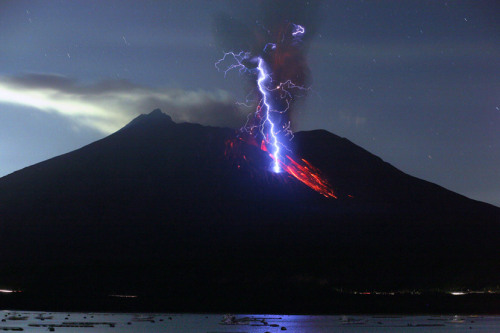
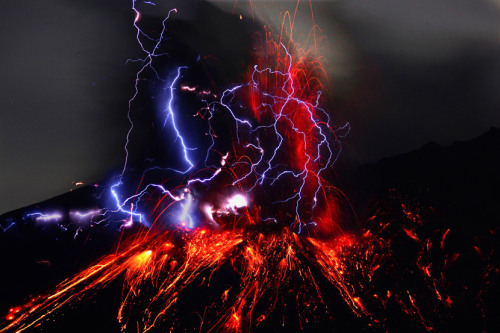
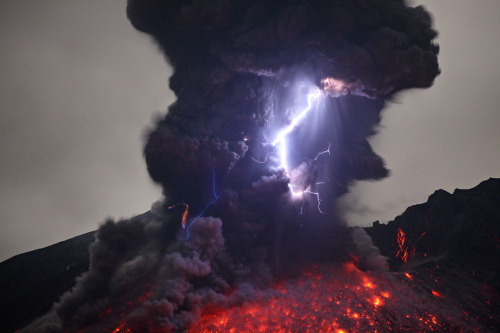
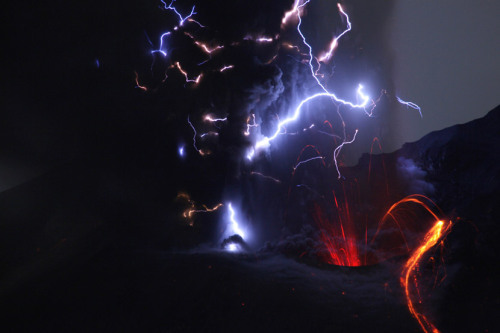
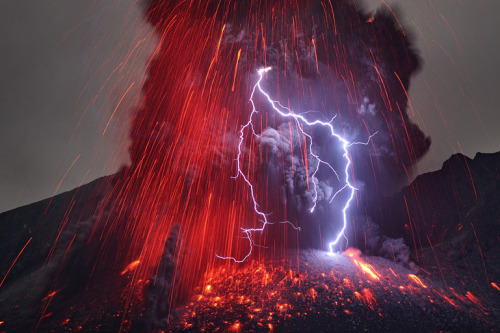
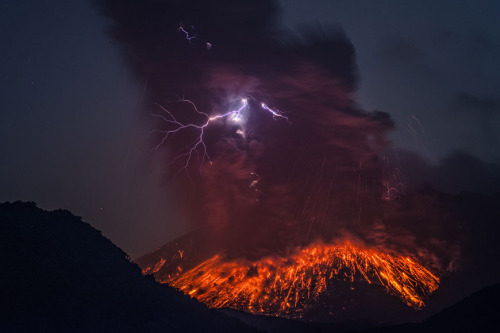
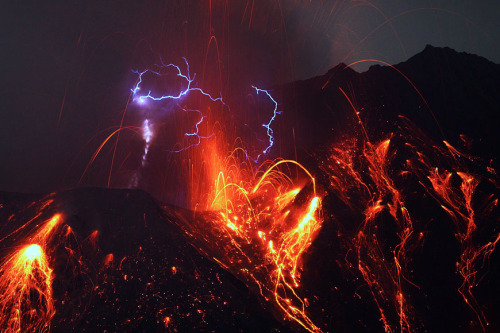
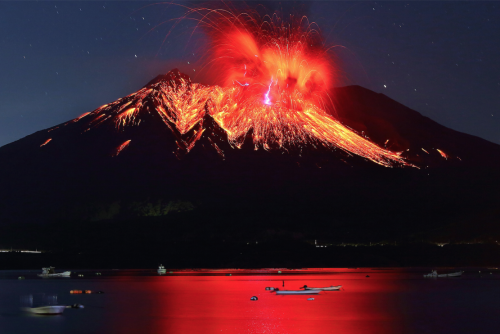
photos of sakurajima, the most active volcano in japan, by takehito miyatake and martin rietze. volcanic storms can rival the intensity of massive supercell thunderstorms, but the source of the charge responsible for this phenomenon remains hotly debated.
in the kind of storm clouds that generate conventional lightning, ice particles and soft hail collide, building up positive and negative charges, respectively. they separate into layers, and the charge builds up until the electric field is high enough to trigger lightning.
but the specific mechanism by which particles of differing charges are separated in the ash cloud is still unknown. lightning has been observed between the eruption plume and the volcano right at the start of an eruption, suggesting that there are processes that occur inside the volcano to lead to charge separation.
volcanic lightning could yield clues about the earth’s geological past, and could answer questions about the beginning of life on our planet. volcanic lightning could have been the essential spark that converted water, hydrogen, ammonia, and methane molecules present on a primeval earth into amino acids, the building blocks of life.

Researchers at King’s College London found that the drug Tideglusib stimulates the stem cells contained in the pulp of teeth so that they generate new dentine – the mineralised material under the enamel.
Teeth already have the capability of regenerating dentine if the pulp inside the tooth becomes exposed through a trauma or infection, but can only naturally make a very thin layer, and not enough to fill the deep cavities caused by tooth decay.
But Tideglusib switches off an enzyme called GSK-3 which prevents dentine from carrying on forming.
Scientists showed it is possible to soak a small biodegradable sponge with the drug and insert it into a cavity, where it triggers the growth of dentine and repairs the damage within six weeks.
The tiny sponges are made out of collagen so they melt away over time, leaving only the repaired tooth.

The existence of large numbers of molecules in winds powered by supermassive black holes at the centers of galaxies has puzzled astronomers since they were discovered more than a decade ago. Molecules trace the coldest parts of space, and black holes are the most energetic phenomena in the universe, so finding molecules in black hole winds was like discovering ice in a furnace.
Astronomers questioned how anything could survive the heat of the energetic outflows, but a new theory from researchers in Northwestern University’s Center for Interdisciplinary Research and Exploration in Astrophysics (CIERA) predicts that these molecules are not survivors at all, but brand-new molecules, born in the winds with unique properties that enable them to adapt to and thrive in the hostile environment.
Continue Reading.


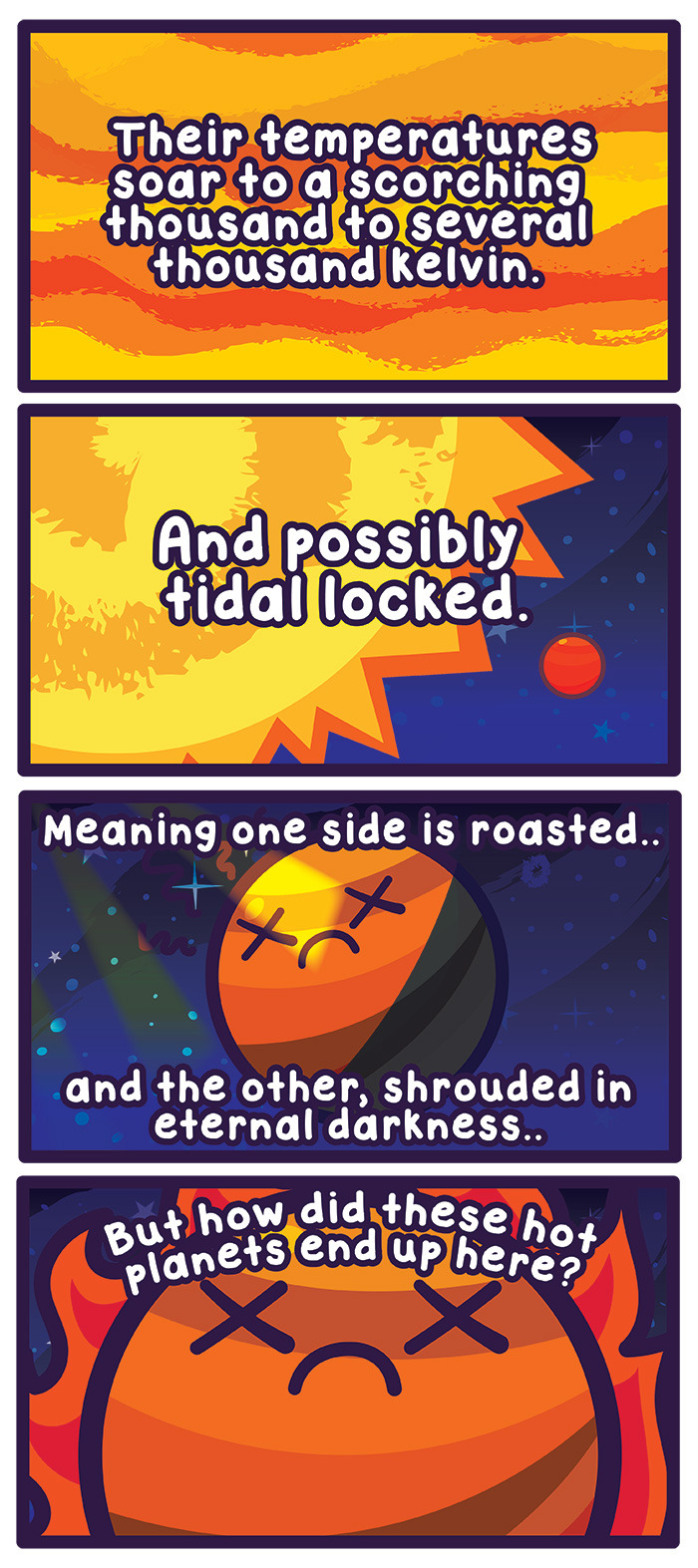

Better late than never!
This week’s entry: Hot Jupiters
http://www.space.com/32011-extremely-hot-and-fast-planets-seem-to-defy-logic.html
https://astrobites.org/2015/03/04/hot-jupiters-are-very-bad-neighbors/
-
 fictionalvoid reblogged this · 6 months ago
fictionalvoid reblogged this · 6 months ago -
 lordchuckles044 reblogged this · 6 months ago
lordchuckles044 reblogged this · 6 months ago -
 murmuringmaelstrom reblogged this · 8 months ago
murmuringmaelstrom reblogged this · 8 months ago -
 lenny-kosnowski liked this · 10 months ago
lenny-kosnowski liked this · 10 months ago -
 ysabette reblogged this · 10 months ago
ysabette reblogged this · 10 months ago -
 paperbaghero liked this · 1 year ago
paperbaghero liked this · 1 year ago -
 dork-larue liked this · 1 year ago
dork-larue liked this · 1 year ago -
 advanced-shrimp liked this · 1 year ago
advanced-shrimp liked this · 1 year ago -
 fizzybuzz reblogged this · 1 year ago
fizzybuzz reblogged this · 1 year ago -
 dark-side-of-the-division-bell liked this · 1 year ago
dark-side-of-the-division-bell liked this · 1 year ago -
 the-dishes-need-doing reblogged this · 1 year ago
the-dishes-need-doing reblogged this · 1 year ago -
 claudia-flies reblogged this · 1 year ago
claudia-flies reblogged this · 1 year ago -
 groovy-rat-man liked this · 2 years ago
groovy-rat-man liked this · 2 years ago -
 delfaerie reblogged this · 2 years ago
delfaerie reblogged this · 2 years ago -
 bee-seer liked this · 2 years ago
bee-seer liked this · 2 years ago -
 kiwi-collideoscope reblogged this · 3 years ago
kiwi-collideoscope reblogged this · 3 years ago -
 kiwi-collideoscope liked this · 3 years ago
kiwi-collideoscope liked this · 3 years ago -
 szentmoszat liked this · 3 years ago
szentmoszat liked this · 3 years ago -
 crypticinksplodge liked this · 3 years ago
crypticinksplodge liked this · 3 years ago -
 deejhowell liked this · 3 years ago
deejhowell liked this · 3 years ago -
 slushiepuff reblogged this · 3 years ago
slushiepuff reblogged this · 3 years ago -
 slushiepuff liked this · 3 years ago
slushiepuff liked this · 3 years ago -
 pj3k reblogged this · 3 years ago
pj3k reblogged this · 3 years ago -
 ghsot liked this · 3 years ago
ghsot liked this · 3 years ago -
 loudest-cricket liked this · 3 years ago
loudest-cricket liked this · 3 years ago -
 fortheusers17 reblogged this · 3 years ago
fortheusers17 reblogged this · 3 years ago -
 fortheusers17 liked this · 3 years ago
fortheusers17 liked this · 3 years ago -
 goldenwestpearls reblogged this · 3 years ago
goldenwestpearls reblogged this · 3 years ago -
 sylvan-hearth liked this · 3 years ago
sylvan-hearth liked this · 3 years ago -
 verminous-insect liked this · 3 years ago
verminous-insect liked this · 3 years ago -
 elsafowl reblogged this · 3 years ago
elsafowl reblogged this · 3 years ago -
 elsafowl liked this · 3 years ago
elsafowl liked this · 3 years ago -
 myclaritry reblogged this · 3 years ago
myclaritry reblogged this · 3 years ago -
 myclaritry liked this · 3 years ago
myclaritry liked this · 3 years ago -
 pigeonsplease reblogged this · 3 years ago
pigeonsplease reblogged this · 3 years ago -
 ioniccolumns reblogged this · 3 years ago
ioniccolumns reblogged this · 3 years ago -
 not-the-season reblogged this · 3 years ago
not-the-season reblogged this · 3 years ago -
 not-the-season liked this · 3 years ago
not-the-season liked this · 3 years ago -
 dococksexual liked this · 3 years ago
dococksexual liked this · 3 years ago -
 lambtongue reblogged this · 3 years ago
lambtongue reblogged this · 3 years ago -
 marinerofthestars liked this · 3 years ago
marinerofthestars liked this · 3 years ago -
 starlocket liked this · 3 years ago
starlocket liked this · 3 years ago -
 tootiredtoosadtooangry liked this · 3 years ago
tootiredtoosadtooangry liked this · 3 years ago



